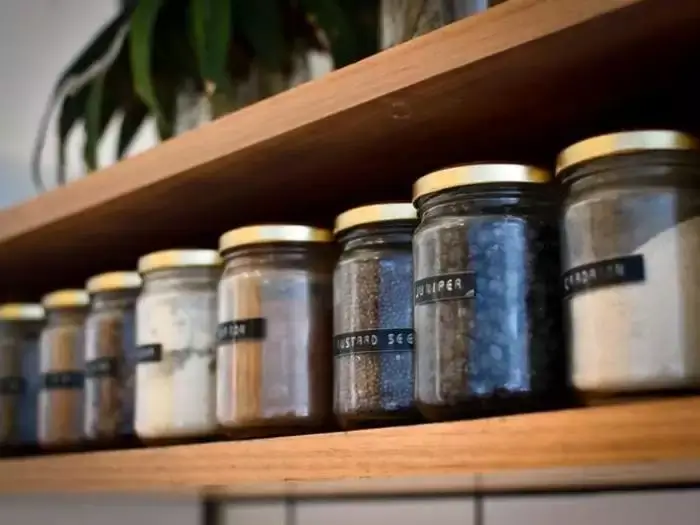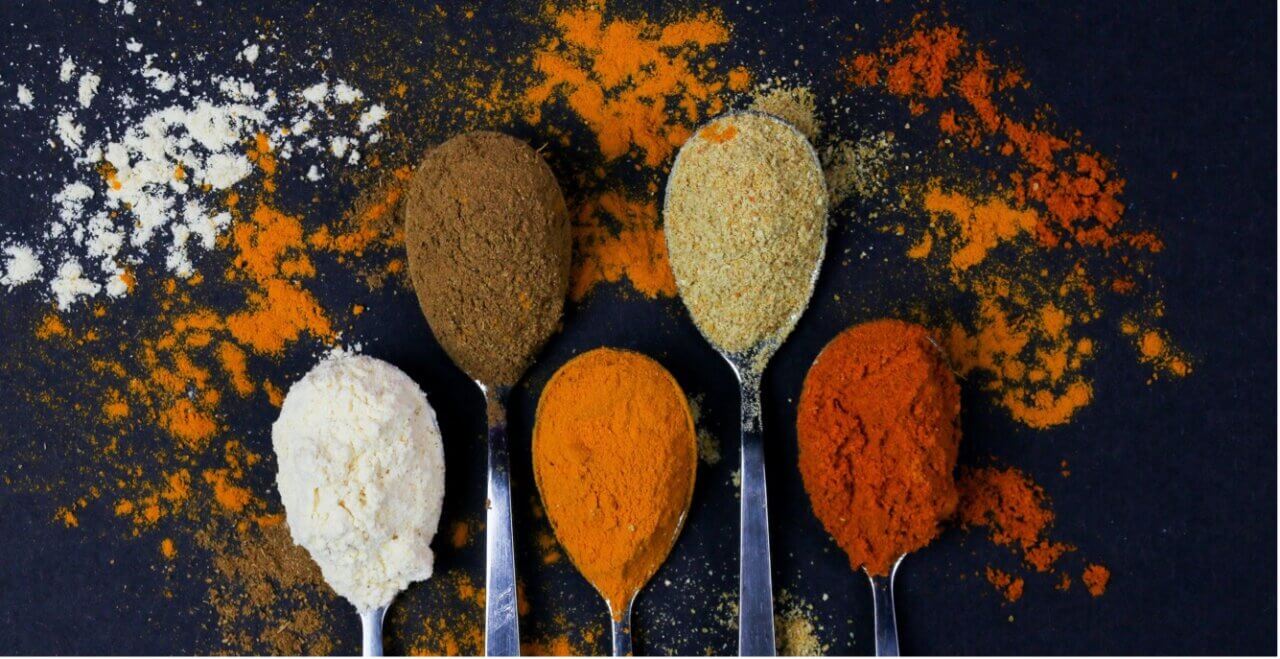Our Thoughts
The Life of Spice Semiotics & text analysis reveals how herbs & spices can communicate value
As consumers in the UK feel the bite of the continuing cost of living crisis, many categories are becoming battlegrounds for the discussion of money saving tips and approaches, with different perspectives claiming to take the high ground.
At Sign Salad we have been using a combination of social listening and Relative Insight’s text comparison platform to perform a semiotic language analysis of cultural shifts in the ongoing discussion of “value” in the UK. This analysis has given us insight into how value is communicated, and what it means to consumers.

But while the merits of switching utilities supplier, taking showers vs baths, or learning to cook using the microwave were expected areas of increase within the discussion of value, there is one category in particular that has spawned strong debate that we didn’t expect. Spices.
Food is a key area of rising consumer costs, and something that is of concern to the public, restauranteurs, brands, and retailers alike. But while we all fret over the affordability of the necessities, whether or not spices properly fall into that consideration has become a cultural battleground.
For many, during a time of increased financial pressure, spices are seen as a luxury, a reflection of the entrenched heritage of the British class system, and as having little applicability to their personal eating habits; “many people like me from poor backgrounds were just never given any education on spices in food and grew up eating bland and got used to it. I do think having a full spice rack with all the cloves and smoked paprika and rosemary, etc. is quite a middle-class thing.”

For others, far from being an inaccessible indulgence, spices are viewed as an access point to a world of low cost food empowerment; “you can add lots of flavour using herbs and spices without it costing a lot and it’s not a luxury because they’re generally the gateway to making tasty food for hardly any money, e.g. if you can make something like a dhal, and use turmeric, chilli powder, garlic and coriander leaf, it will taste great and cost pennies per portion for something really nutritious.”.
Interestingly, the affordability of using spices in this way is perceived differently from one brand and format to the next, with pro-spice consumers commenting that “instead of buying small…jars you can get…larger packs for well under a pound that last for ages, so the cost per recipe is almost nothing.”.
The references to respective pack size here, clearly illustrate that pack format is a key signifier of spice affordability. Some consumers even apply financial terminology referring to “bulk” buying, as being “cheaper in the long run” indicating that spices are viewed very much as an investment; “herbs and spices are essential in my opinion. I get them in bulk from a cash and carry. It’s expensive to buy when you buy it but cheaper in the long run.”.
When talking about fresh herbs, a similar fiscal mindset is applied to supermarket choices: “I buy the potted herbs from the cheaper supermarkets (about 50p in Asda, Aldi or Lidl instead of 2 or 3 times that price in Sainsburys or Waitrose) and repot them into a bigger pot to try and get them to grow a bit and last longer.”. Actions like repotting and growing, reflect the work that consumers are willing to put in to maximise their return on investment when shopping for herbs. The ability to maintain freshness is however viewed as particularly important for fresh herbs and spices, where there is greater awareness of spoiling and a value of using fresh; “for garlic and ginger, I get the big packs of frozen cubes that last ages, which is easier and far cheaper than fresh.”. For brands and retailers frozen offers an opportunity to deliver the taste benefits of a fresh product, combined with the ability for consumers to benefit financially from buying in bulk.

As we can see, the combination of comparative language analysis facilitated through Relative, with social listening data and cultural semiotics can rapidly identify the core meanings of a category, brand, or cultural value and the opportunities therein. This multi-pronged approach is particularly useful in identifying potent and surprising insights, with clear actionability.
Bearing all the above points in mind, there are a few clear takeouts that can be applied by brands and retailers to communicate the value and benefit offered by spices, and to reframe what might be seen as an inaccessible luxury as a gateway to affordable food experiences. Such a move is increasingly necessary to re-engage consumers who might be avoiding buying herbs and spices due to increased financial pressures.
3 key takeouts for brands:
Information & Inspiration
Firstly, education is perceived as a barrier for some with regards to spice usage. The fear of wasting money on a product that you don’t know how to use, or that you might inadvertently waste mean that for some buying spices is perceived as not being worth the risk. There is a clear opportunity for brands and retailers to provide information and inspiration on how to use spices to turn low-cost ingredients in to easy, tasty meals. These could be value meal inspiration included on pack, recipe cards offered at point of sale or the use of QR codes that can lead consumers directly to video tutorials with clear and detailed instructions for various low cost dishes.
Format
Secondly, while often thought of and communicated as a refined precious essence, and sold in suitably small packs to reflect this, savvy price conscious consumers are increasingly interested in bulk buying options. Larger formats and simple box packaging for spices can semiotically cue a value product that offers greater affordability. Prompting consumers to invest in a larger pack that will see them financially better off in the long run.
Longevity
Finally, giving consumers care instructions for fresh plants, will help to communicate that buying fresh does not have to be expensive and tainted with the threat of spoilage. While frozen product formats that allow fresh herbs and spices to be stored in a stable state for longer periods of time are also desirable, such as fresh spice and herb mixes available as frozen cubes.
All of these steps can help to powerfully culturally reframe spices for wary consumers, and open up the category to those desiring affordable food exploration.
Mark Lemon, Associate Director

